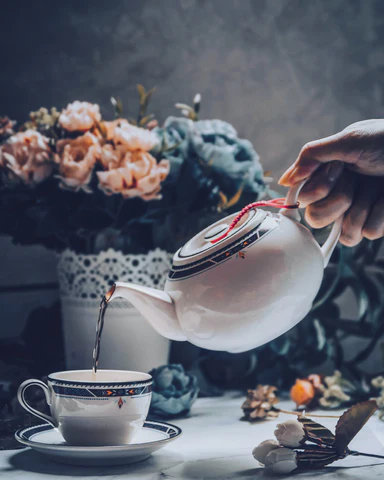Dining etiquette stretches back centuries. To many people, including myself, formal table settings are an art form.
The earliest Western traditions were documented by the ancient greeks. European table manners and other examples of chivalry date back as far as the 11th century.
Fine China
Fine China and dinnerware are 2 different types of fittings individuals can use when setting a table.
China is typically used for special occasions.
Fine China is made of porcelain and it is named after the country where it originated. Through the years europeans followed and created their own versions of Chinese porcelain. Tea service sets are some of the more coveted pieces of china to own and collect.

Seating Arrangements
Hosts and Hostesses may seat their guests in different arrangements. Etiquette may dictate where a guest will sit. For example, husbands and wives will sit near or next to they spouse. But one could actually have in mind a practical approach with comfort, ease and mobility in mind. For example having elderly guest sit in a place where it has an easy access. Being seated next to the party host id often a place of honor. Before formal place settings and table services were established, the saltcellar was used to designate the importance of guests around the dining table. The saltcellar was a small container that held salt for seasoning the meal. Seats “above the salt” were considered places of honor.

This might be why I usually placed individual salt and pepper little shakers for each guest.
If you want to read and learn more or follow Nathalie, subscribe to nathaliehennebert.com or follow us on IG: @nathalie_hennebert_design

